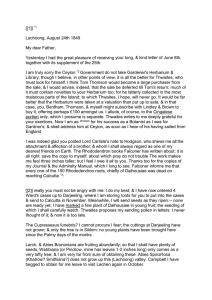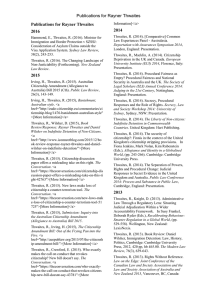A level Thinking Skills 9694 www.XtremePapers.com
advertisement
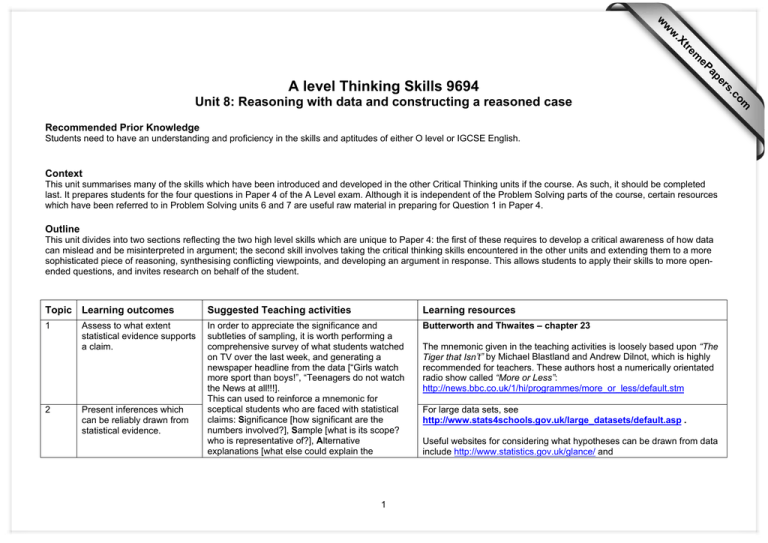
Unit 8: Reasoning with data and constructing a reasoned case Recommended Prior Knowledge Students need to have an understanding and proficiency in the skills and aptitudes of either O level or IGCSE English. Context This unit summarises many of the skills which have been introduced and developed in the other Critical Thinking units if the course. As such, it should be completed last. It prepares students for the four questions in Paper 4 of the A Level exam. Although it is independent of the Problem Solving parts of the course, certain resources which have been referred to in Problem Solving units 6 and 7 are useful raw material in preparing for Question 1 in Paper 4. Outline This unit divides into two sections reflecting the two high level skills which are unique to Paper 4: the first of these requires to develop a critical awareness of how data can mislead and be misinterpreted in argument; the second skill involves taking the critical thinking skills encountered in the other units and extending them to a more sophisticated piece of reasoning, synthesising conflicting viewpoints, and developing an argument in response. This allows students to apply their skills to more openended questions, and invites research on behalf of the student. Topic Learning outcomes Suggested Teaching activities Learning resources 1 In order to appreciate the significance and subtleties of sampling, it is worth performing a comprehensive survey of what students watched on TV over the last week, and generating a newspaper headline from the data [“Girls watch more sport than boys!”, “Teenagers do not watch the News at all!!!]. This can used to reinforce a mnemonic for sceptical students who are faced with statistical claims: Significance [how significant are the numbers involved?], Sample [what is its scope? who is representative of?], Alternative explanations [what else could explain the Butterworth and Thwaites – chapter 23 2 Assess to what extent statistical evidence supports a claim. Present inferences which can be reliably drawn from statistical evidence. 1 The mnemonic given in the teaching activities is loosely based upon “The Tiger that Isn’t” by Michael Blastland and Andrew Dilnot, which is highly recommended for teachers. These authors host a numerically orientated radio show called “More or Less”: http://news.bbc.co.uk/1/hi/programmes/more_or_less/default.stm For large data sets, see http://www.stats4schools.gov.uk/large_datasets/default.asp . Useful websites for considering what hypotheses can be drawn from data include http://www.statistics.gov.uk/glance/ and om .c s er ap eP m e tr .X w w w A level Thinking Skills 9694 Topic Learning outcomes 3 Learning resources trend/relationship?] and Details [of how people were surveyed, what precise terms were used, how the ‘random’ sample was gathered…]. http://www.fedstats.gov/cgi-bin/A2Z.cgi which contain a mass of graphs, many of which can be used to stimulate productive discussion about possible hypotheses. Select appropriate evidence 4 Synthesise information from different sources 5 Present and justify a conclusion/decision/ recommendation Identify and respond to objections or alternative arguments 6 Suggested Teaching activities This unit is best served by asking students to research and present a case. • This can be done by choosing two different conclusions (such as “animal testing cannot be justified” and “poor countries should not have to pay for expensive HIV drugs”) and arranging half of the class to investigate each one. These can then be presented to a critical, questioning audience. • Alternatively, students can be given a free rein on what to investigate. The area of discussion needs to be sufficiently controversial and well-documented for a thorough investigation to be possible. • The presentation of the case can be as a speech, as an essay or as a poster. Students need to be working from a bulk of information. A focused issue/ question should be taken, such as those identified above, or perhaps whether or not a particular type of factory or power station should be built in a certain area – or a little more generally, whether or not for a country to invest in a particular type of energy. Students can gather evidence and consider the matter from the point of view of different groups, e.g. the government, the opposition, environmental groups, union leaders, businesses. When coming to a decision students need to weigh evidence and 2 www.idebate.org is a well-organised resource, with a library of topics and extensive internet references. www.debate-central.org/research/ has a database of stimulating articles arguing for both sides of common areas of debate. There is little “hard data”, but there is ample information to construct a reasoned case on many topics. Butterworth and Thwaites – chapter 27 and 28 discusses the synthesis of information in resolving a dilemma, and what constitutes a good resolution. Topic Learning outcomes Suggested Teaching activities Learning resources practical issues against things like principles and values. A good way to distinguish between these is to do it in two stages: putting forward an energy policy, and contesting a proposed bill – e.g. whether or not to fine people for energy inefficiency. Both of these can be discussed and debated, with students taking different roles. 3
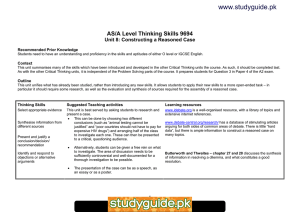
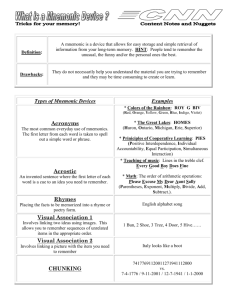
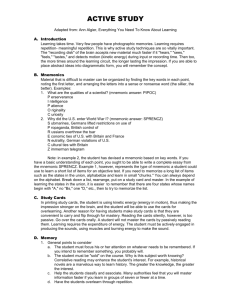
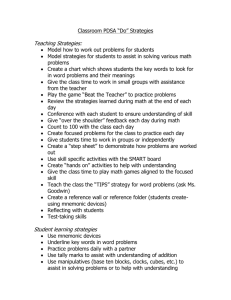
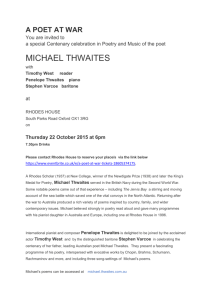
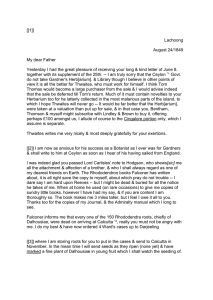
![From: Sent: Subject: Liza Virata []](http://s2.studylib.net/store/data/013089349_1-6a2c706b50dd72eab85b6e06ae5dac8d-300x300.png)
